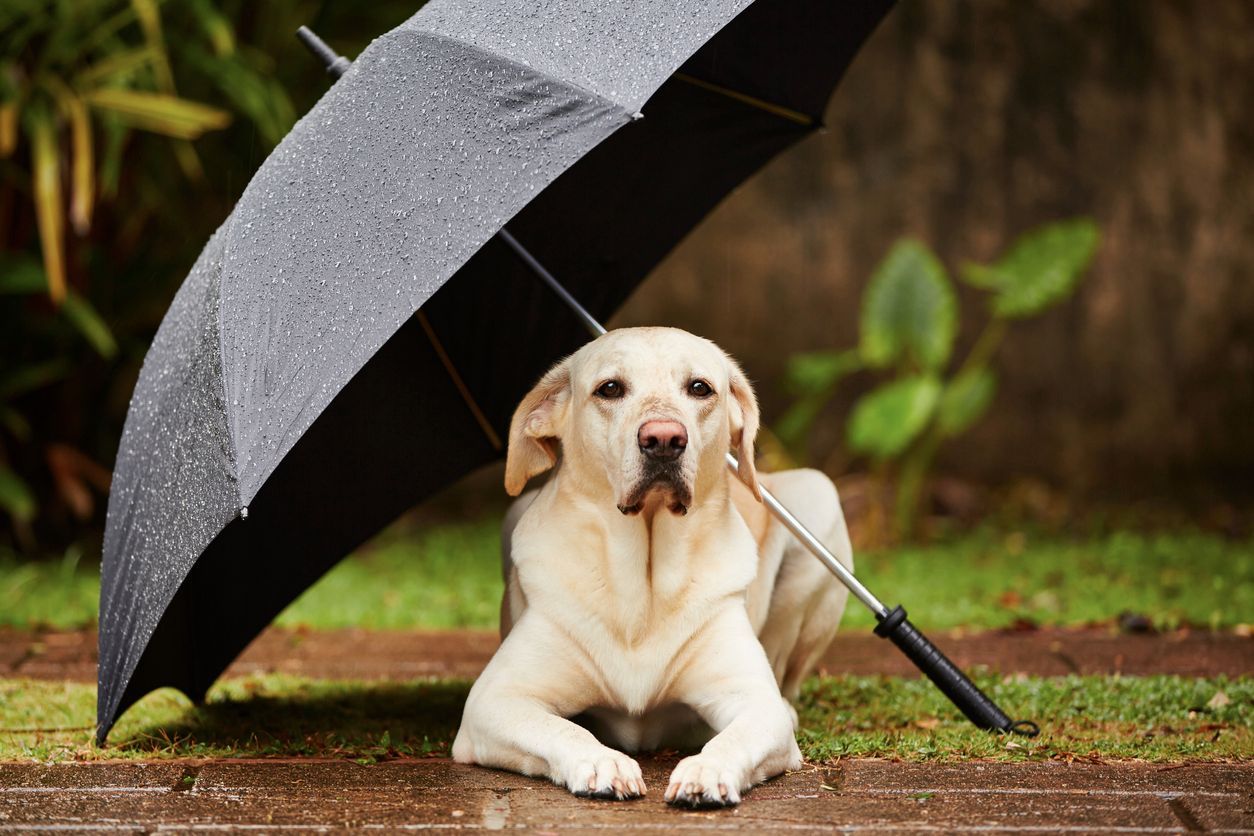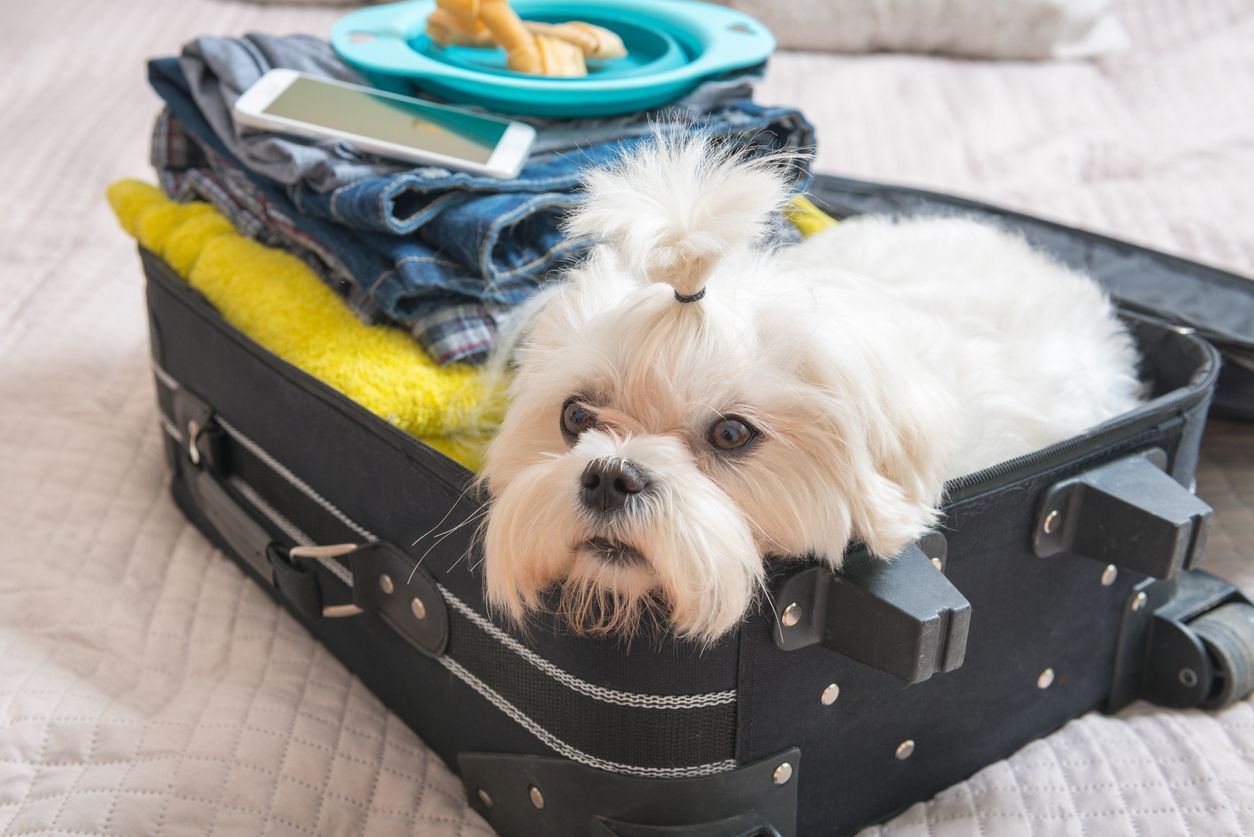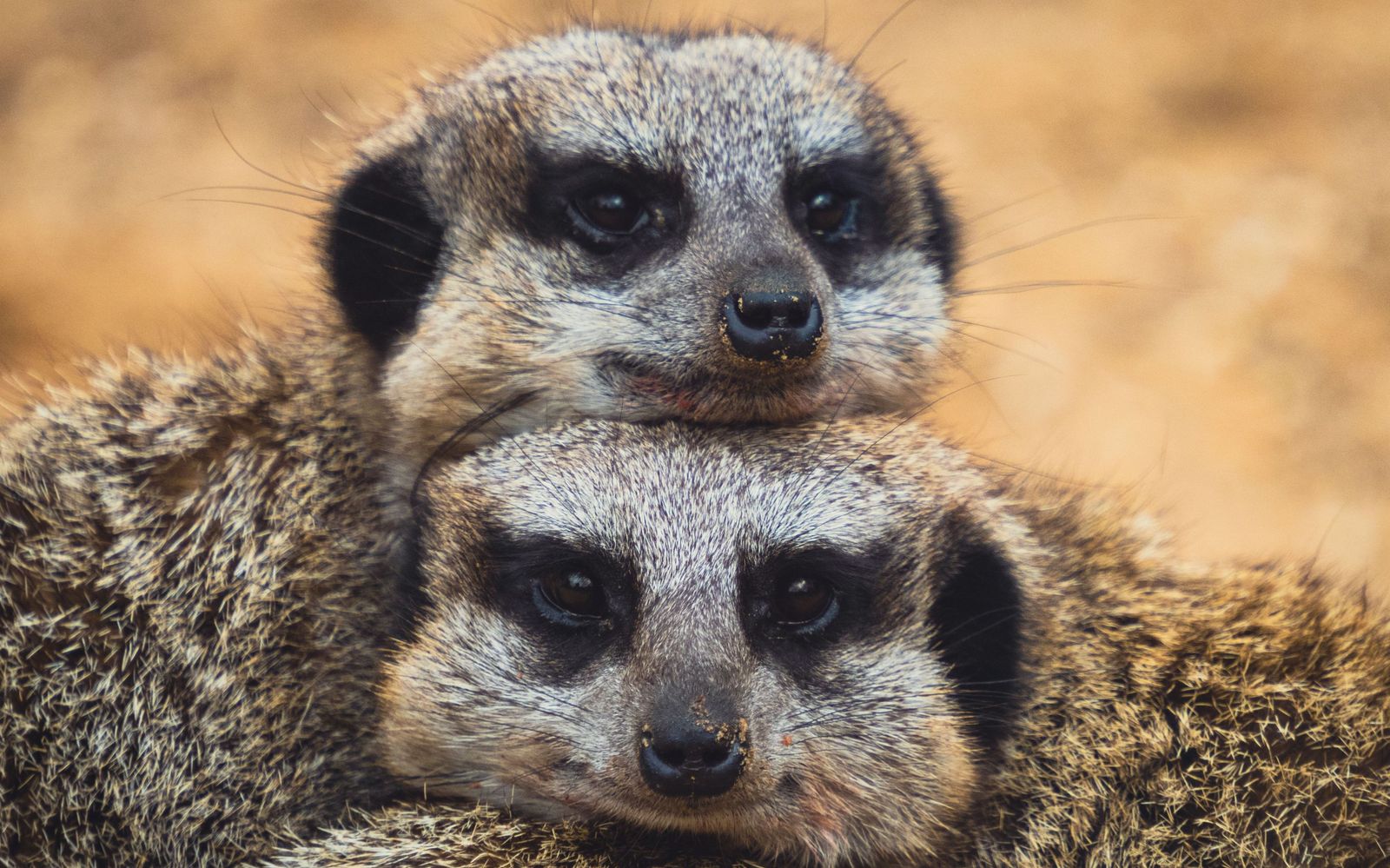
Animals are magnificent, mysterious creatures, and scientists are constantly discovering new (and very cool) information about how they eat, hunt, and raise their young.
In honour of Mother’s Day, we’ve collected some of our favourite animal moms and some of the wildest animal parent facts to share with you. From the big to the small, the cuddly to potentially lethal, animal moms and their babies never cease to amaze us!
Animal parents, they’re just like us!
Orangutan moms
Maybe it’s their slight resemblance to human babies (though quite a bit furrier), but orangutan babies are some of the most adorable in the animal kingdom. The mothers care for their new babies entirely for the baby’s first two years of life, as their young relies entirely on them for both food and transportation. When the babies are more capable, they still stay with their moms for six or seven years, learning how to find food and stay safe. Even cuter: female orangutans are known to ‘visit’ their moms until they reach their mid-teens. The bond is strong!
African elephant matriarchs
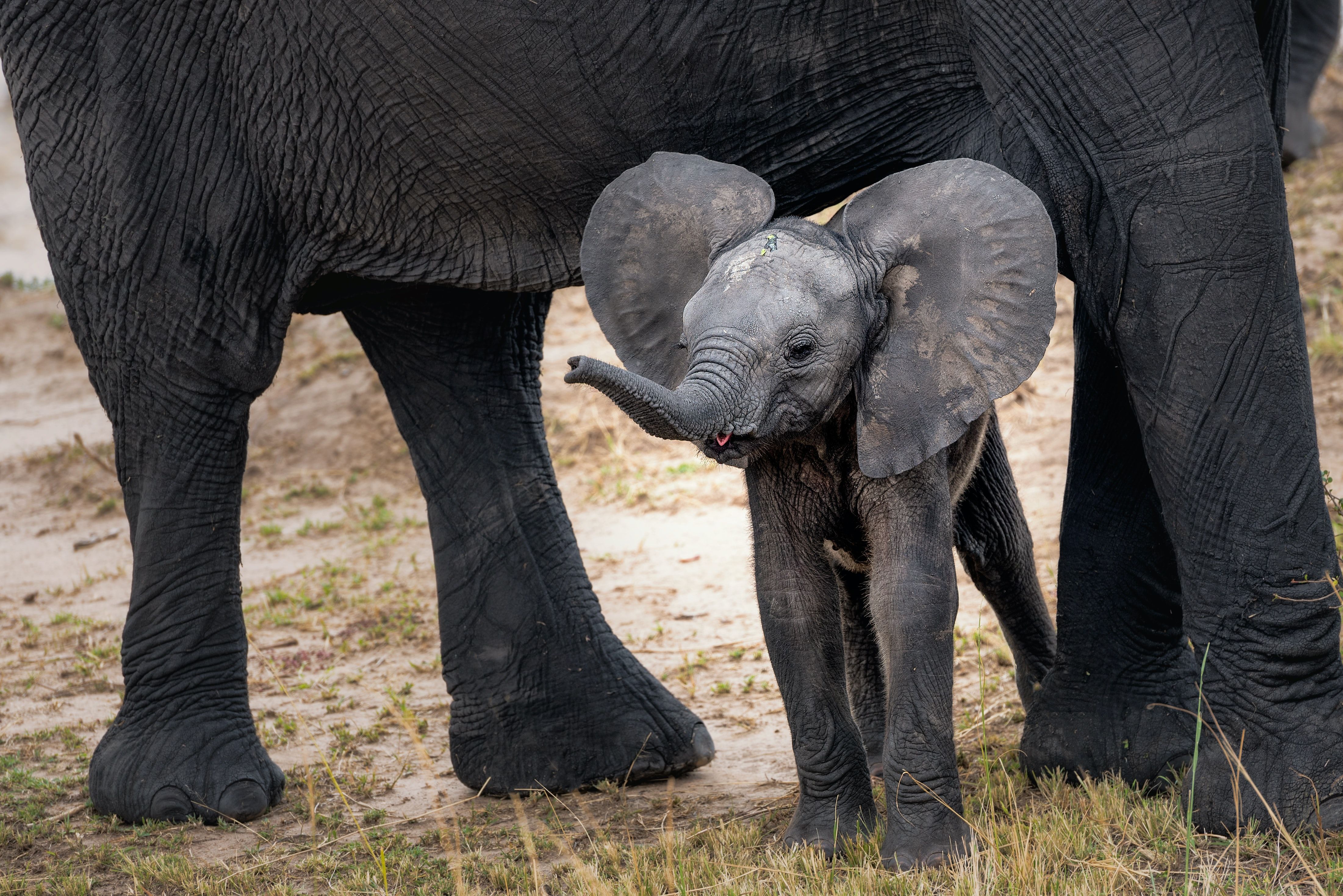
Elephants are known to exhibit many human characteristics and tendencies, but our favourite is how they raise their babies in a community. Elephants are a matriarchal society, which means that all the female elephants in the social group come together to help a baby calf walk and nurse after being born. Not only do they regularly give the elephant version of hugs and kisses to the baby calves, the entire herd even adjusts their pace so the calves can keep up. It really does take a village.
Meerkat mothers
Meerkats are another animal group where childcare is delegated to others and not just the parents. Meerkats usually live in groups of around 20, with one dominating pair “‘in charge” of procreation. The other members of the group, usually aunts and sisters, teach the pups necessary survival skills, proving that even meerkats know a mom could use a helping hand.
Koala moms
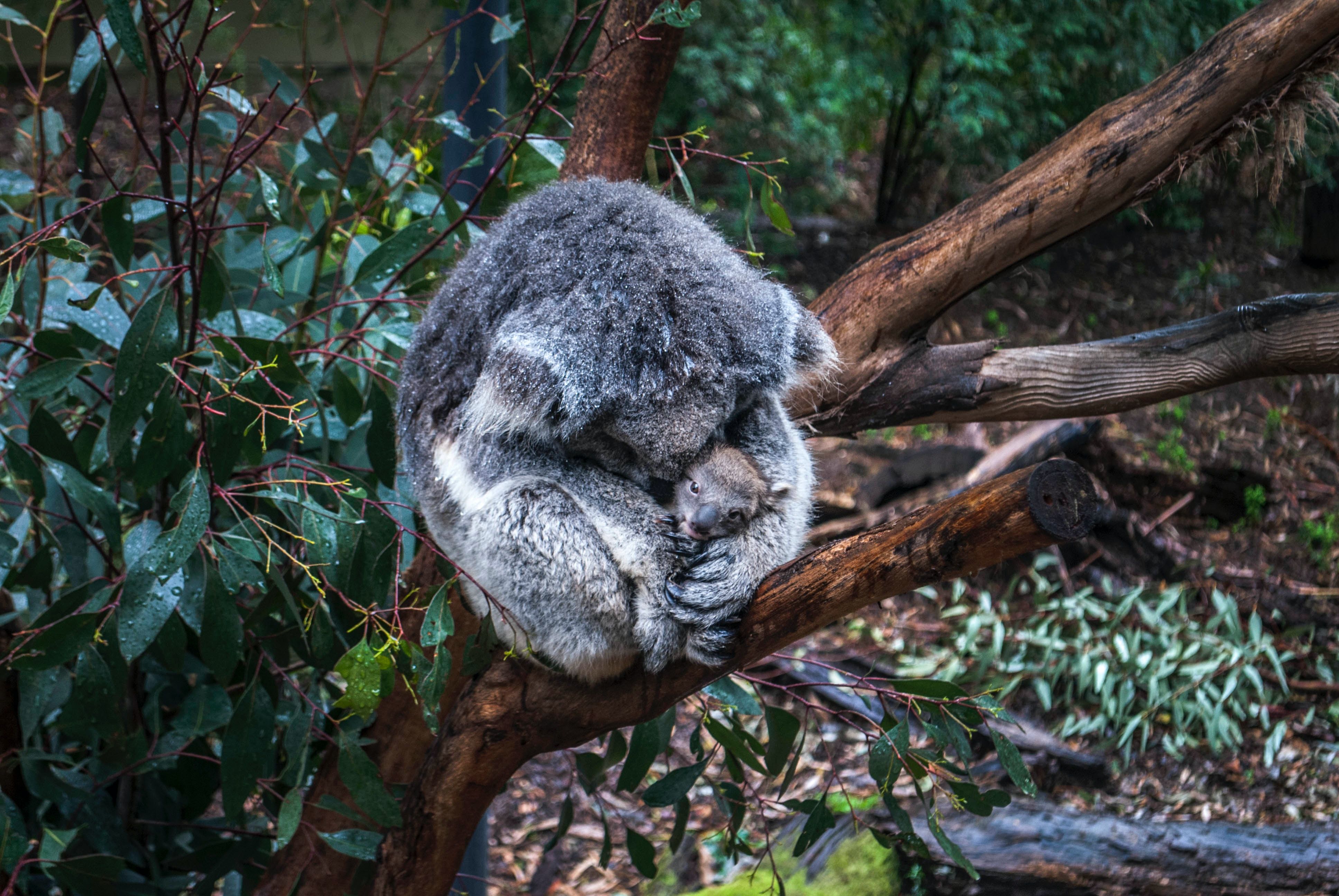
Koalas may take the cake on selfless mom moves. While adult koala’s bowels are lined with special bacteria to help them safely digest the poisonous eucalyptus leaves they eat, the babies don’t have this ability yet. So what’s a mom to do? She very kindly feeds her feces to her joeys. (We’ll stick to Cheerios, thanks.)
Wolf spider moms
Think kids sticking around past their teen years sounds like a lot? Wolf spider moms strap their egg sacs to their bodies, and carry their babies until they hatch. Once the baby spiders are born, the mothers continue to let the babies ride on her back until they’re old enough to take care of themselves.
Fun animal mothering facts
- Polar bears commonly give birth to twins.
- A mother Emperor penguin will travel up to 50 miles to reach fish in the ocean once she’s laid her egg. The father penguin will protect the egg until she returns, ready to regurgitate the food to her newly hatched chick.
- Platypus babies are called puggles.
- Harp seals nurse their pups for 12 days without eating. The mothers lose an average of seven pounds a day while the pups gain an average of five pounds each day due to the high fat content (48%) in the mother’s milk.
- Red-knobbed hornbills protect their babies from predators at all costs. One of their methods? Sealing the “doorway” to their nests with their own poop! They do this before they lay the eggs, and must be fed by their mate through a tiny crack in the poop door. They do this until the eggs hatch, which takes a little over a month.
Did you enjoy these animal mom facts? Share them with the mom figures in your life! And, if you’re curious about how your cat or dog might do as a mother, or if your pet is recently weaned, speak to a Vetster veterinarian.

